By 2025, the United States is expected to adopt many tough economic protectionist policies. Currently, Vietnam has become the 8th largest trading partner and the 4th largest export market of the United States in the ASEAN region.
The United States is also Vietnam’s second largest trading partner and largest export market. Vietnam exports more than 50% of its total wood and wood products to this market. Therefore, the changes will pose many major challenges for the Vietnamese wood industry to face, directly competing with domestic products from the United States and goods from other countries. At the same time, trade risks and punitive tariffs may be applied if the products do not meet traceability requirements.
The European Union (EU) - a large market that has maintained double-digit growth in the wood industry - is also imposing many trade policies that are disadvantageous to exporting businesses. One of those policy changes is the EUDR, which has just been extended to apply at the end of 2025.
On a broader scale, there is the possibility of a global "trade war", which, if it occurs, will disrupt the supply chain and narrow the export market. Therefore, coming up with solutions to respond quickly and promptly, without being passive or surprised, and without missing opportunities becomes an important issue for forestry export enterprises.
The Vietnam Timber and Forest Products Association (VIFOREST) commented: Opportunities and challenges for the wood industry will intertwine when facing new developments in export markets. The EU's delay in applying the EUDR (until December 30, 2025 for large companies, June 30, 2026 for small and medium enterprises) creates more time for Vietnamese businesses to prepare.
This is a significant advantage, especially in difficult times like the present. In addition, changes in US policies or green consumption trends in major markets also open up opportunities for forestry export enterprises when meeting the demand for sustainable construction materials and furniture.
Opportunities from the shift in global production and trade, along with investments in digital transformation, supply chain management and sustainable development, not only help businesses adapt to market changes, but also open the door to potential markets in the future.
In 2024, the total export turnover of agriculture, forestry and fishery products is estimated to reach a record high of 62.4 billion USD, an increase of 18.5% compared to 2023.
Vietnam annually exploits about 22-23 million m3 of plantation timber and currently has more than 500,000 hectares of forests certified for sustainability. The forestry sector aims to reach 1 million hectares of certified sustainable plantation forests by 2030.
Director of the Department of Forestry and Forest Protection (Ministry of Agriculture and Environment) Tran Quang Bao said: In addition to building high-tech processing zones, expanding export market share, and proactively promoting trade, the wood and forestry industry needs to pay more attention and invest in raw material areas. Specifically, it is necessary to develop more large-scale timber plantation areas, sustainably managed forests and certified forests (FSC or PEFC).
Currently, the Department of Forestry and Forest Protection is coordinating with other units to pilot the issuance of forest plantation area codes in some northern provinces, with the aim of expanding nationwide. These codes are the foundation for developing a legal timber supply chain, ensuring traceability of timber origin in accordance with international requirements, as well as developing measurement, reporting and appraisal methods to determine the carbon absorption and storage capacity of planted forests.
Vice President and General Secretary of VIFOREST Ngo Sy Hoai affirmed that competitiveness is a vital factor for businesses. In governance, policies promoting sustainable forest certification are being strengthened to ensure transparency in the supply chain. The government is coordinating with international organizations to deploy modern traceability technology, allowing comprehensive monitoring from exploitation, transportation to consumption.
The efforts of enterprises, state management agencies and the Government not only contribute to increasing the value of exported forest products but also enhance the competitiveness of this group of products in the international market. Forest product production and processing enterprises must meet the requirements of the import market such as producing goods with guaranteed legal origin, beautiful designs and reasonable prices. Enterprises need to invest in digital transformation and build a transparent traceability system to meet the requirements of international regulations.
In addition, there needs to be close coordination between businesses, associations and state agencies to have timely solutions to respond to the trade protection policies of importers. Notably, the confirmation of goods origin is an important tool against trade fraud. Businesses need to be ready to respond to anti-dumping investigations or trade defense measures, through improving legal capacity and risk management; at the same time, developing modern management systems, green production and compliance with international environmental standards to enhance competitiveness in the global market.
(According to NDO)
Source: https://baoyenbai.com.vn/12/348068/Tang-suc-canh-tranh-tr111ng-xuat-khau-lam-san.aspx


![[Photo] Phuc Tho mulberry season – Sweet fruit from green agriculture](https://vstatic.vietnam.vn/vietnam/resource/IMAGE/2025/4/10/1710a51d63c84a5a92de1b9b4caaf3e5)



![[Photo] Summary of parade practice in preparation for the April 30th celebration](https://vstatic.vietnam.vn/vietnam/resource/IMAGE/2025/4/11/78cfee0f2cc045b387ff1a4362b5950f)
![[Photo] Looking back at the impressive moments of the Vietnamese rescue team in Myanmar](https://vstatic.vietnam.vn/vietnam/resource/IMAGE/2025/4/11/5623ca902a934e19b604c718265249d0)

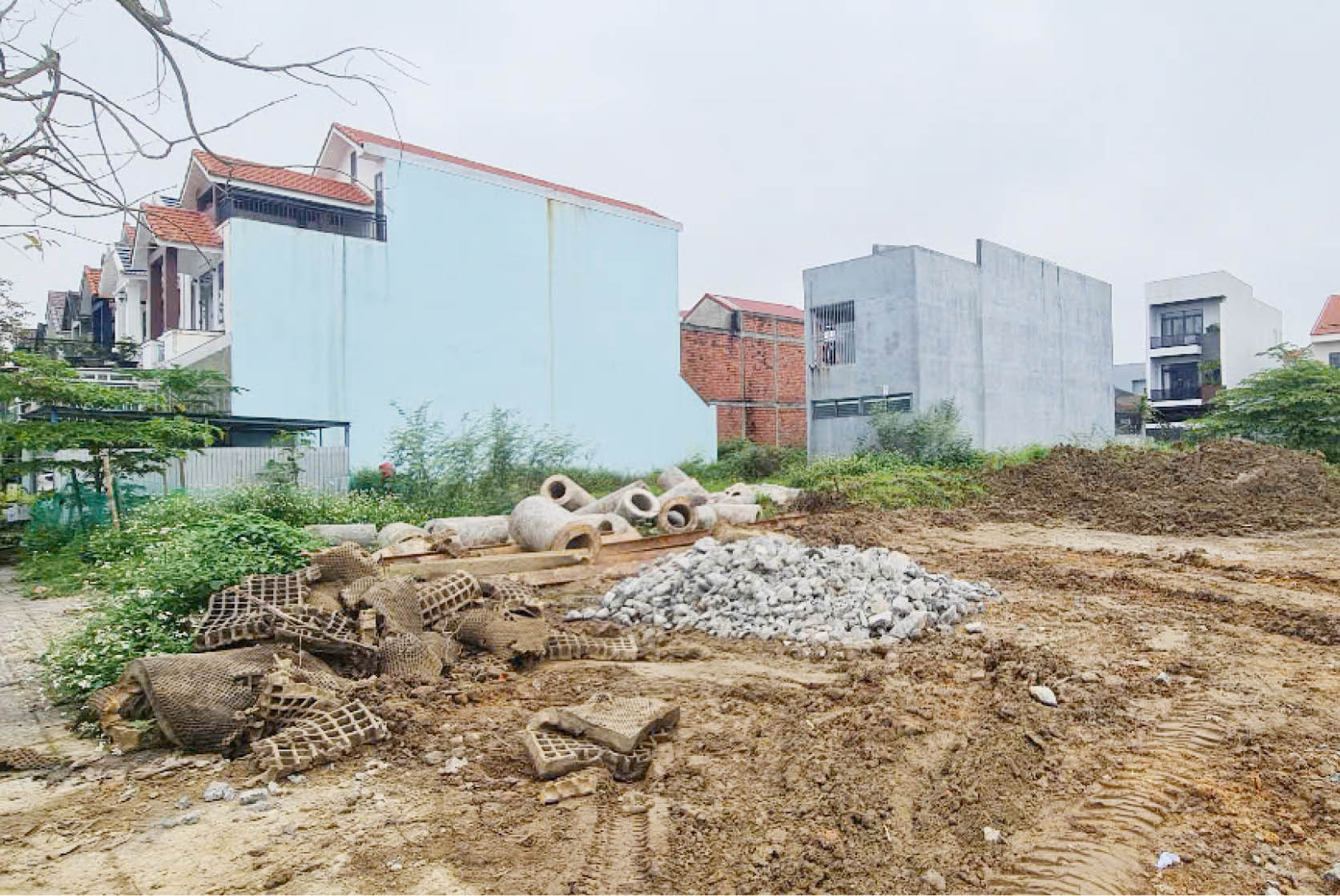
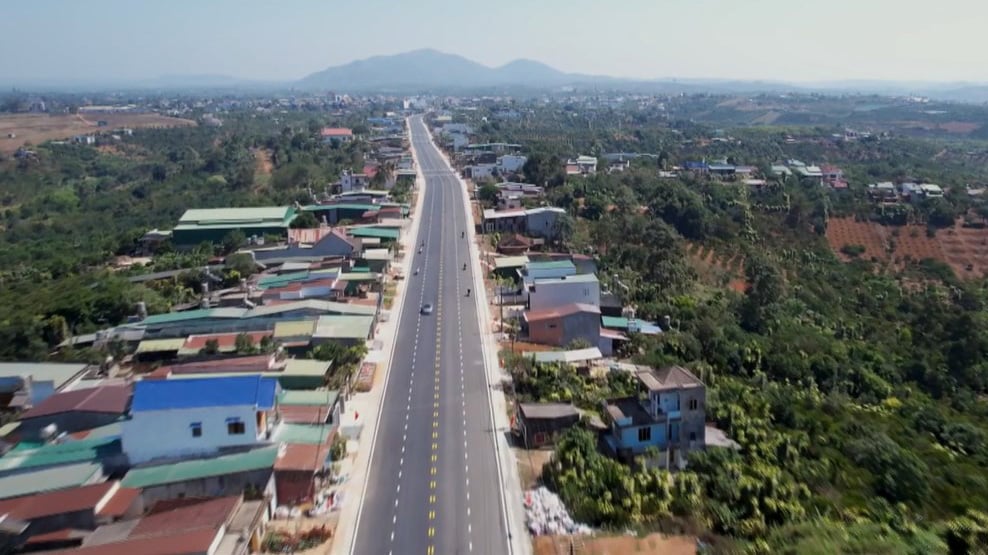

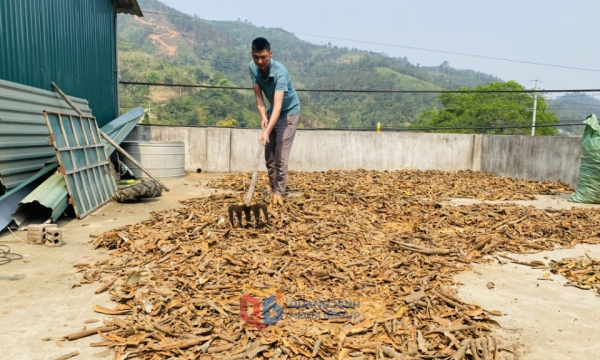
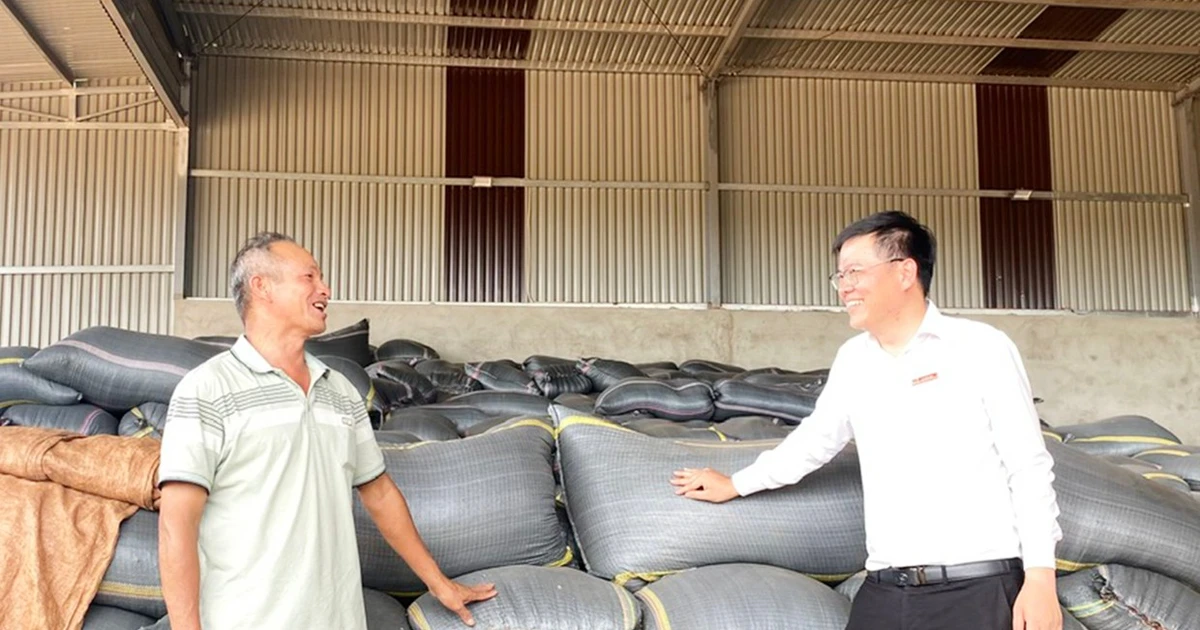









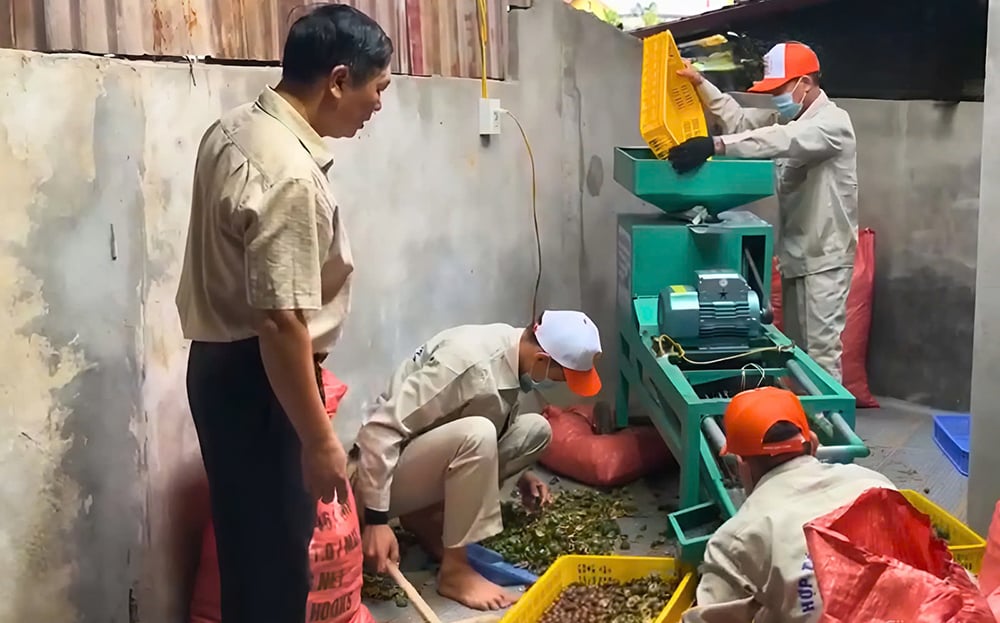
![[Photo] Prime Minister Pham Minh Chinh chairs meeting to discuss tax solutions for Vietnam's import and export goods](https://vstatic.vietnam.vn/vietnam/resource/IMAGE/2025/4/10/19b9ed81ca2940b79fb8a0b9ccef539a)
















































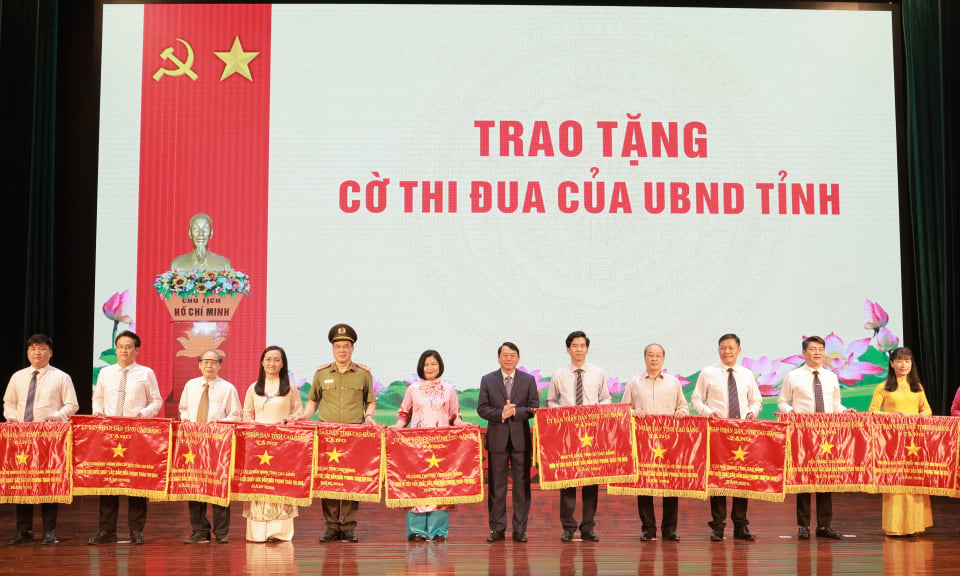


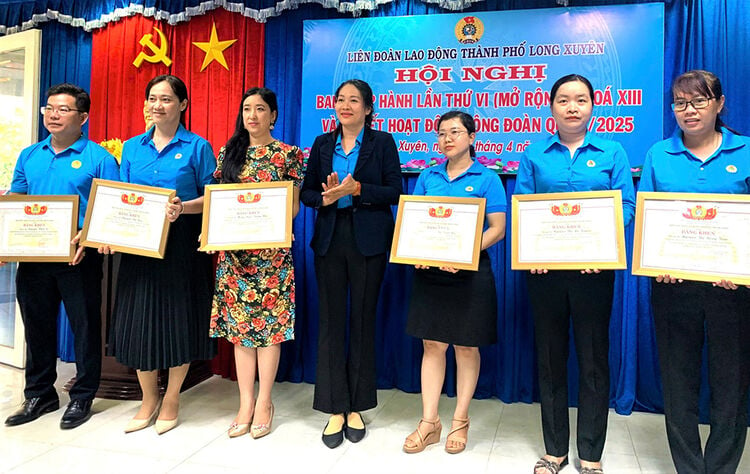












Comment (0)